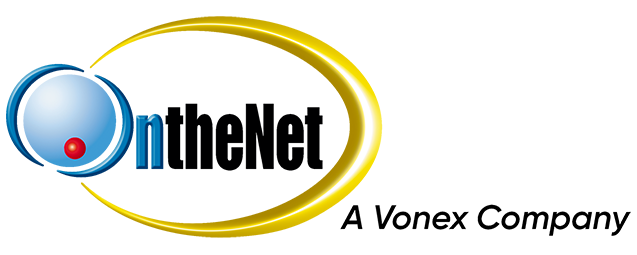Your first experience talking to your Internet Provider can be filled with lots of terminology and technical words that you might not have heard before.
To assist you with gaining a better understanding of what those words mean – we have constructed this brief summary of the words commonly used and their meanings.
We believe that we have made these definitions simple for the everyday user to understand.
- ADSL: Asymmetrical Digital Subscriber Line (ADSL) is a form of DSL, a data communications technology that enables faster data transmission over copper.
- Anti-Virus: A computer program designed to target and destroy known infections on a computer system.
- Exchange: Also known as Telephone Exchange, this is a building local to the area that manages all local lines and directs telephone calls.
- Fault: A job submission requesting a trained Field Technician to make repairs to failing lines and/or equipment. This is usually done at an ISP level.
- Firewall: A piece of software designed to monitor and control the access of connections entering and leaving a computer system.
- Filter: A piece of hardware used on an ADSL connection to allow the Internet and Telephones to operate at the same time without interruption.
- Handset: A standard wired telephone that is used to make telephone calls.
- Interference: Anything that alters or disrupts the signals being sent down the line before it reaches its destination.
- ISP: Internet Service Provider, The Company providing access to the Internet.
- Modem: A piece of hardware that connects to the telephone line and allows a connection to the Internet.
- No-Sync: This is a state when the modem does not have a connection to the local exchange through the Telephone Line.
- No-Authentication: This is a state when the modem has not logged onto the Internet. Without Sync the modem cannot have authentication.
- Powercycle: This is a step used in troubleshooting that involves temporarily turning the modem off and then back on.
- Router: A device that forwards data from one point to another. Can be used to send data to other networks.
- Shaping: Shaping is the term used to describe the slowing of a connection that has exceeded its specified download allowance for a period. OntheNet broadband services are shaped to 128kbps up and down for the period in which you have exceeded your quota. We only slow you for the period (on or off-peak) in which you’ve exceeded your quota.
- Splitter: Essentially the same as a filter, this device has 2 ports instead of the usual 1 found on a Filter.
- Virus: A software capable of reproducing itself causing damage to systems and private data.
- Web-Browser: Software such as Firefox, Internet Explorer, and Safari that is used to access websites such as www.google.com.au.
- Quota: A pre-determined data allowance given to a customer to control the use of downloads.
Found a word not on this page? Please let us know at support@onthenet.com.au

